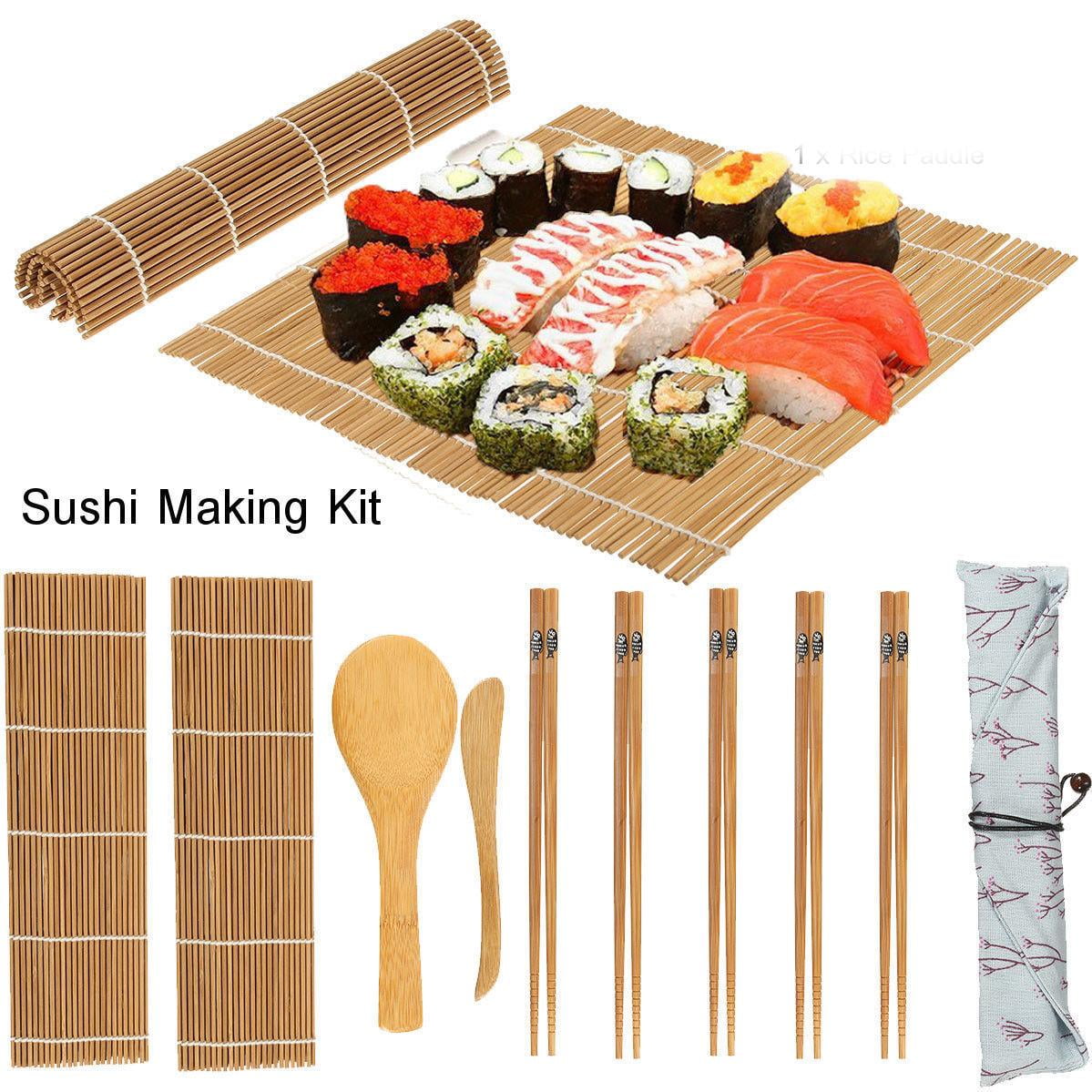Do We Really Need Vinegar in It
작성자 정보
- Cooper 작성
- 작성일
본문
Sushi is a delicate and intricate dish that has gained worldwide popularity in recent years, particularly in the Western world. It is often associated with being raw and containing various types of fish, along with a component called vinegared rice also known as Mushi. The role of Mushi in sushi is integral to its overall taste and experience.
It is often associated with being raw and containing various types of fish, along with a component called vinegared rice also known as Mushi. The role of Mushi in sushi is integral to its overall taste and experience.
Mushi is vinegar-based rice that provides the foundation of sushi, and is the cornerstone of sushi. Sushi chefs must carefully balance the ratio of rice vinegar to rice to achieve the right flavor, or the rice might become too acidranging from slightly acidic to extremely sharp. This vinegar-based mixture helps to neutralize any amine odor from the raw fish used in various sushi recipes, making it more palatable for the human senses. Moreover, the slight tanginess provided by vinegar helps to draw out the fish's rich flavors.
While some argue that the concept of sushi can exist without the Mushi component, our understanding of sushi has been forever entwined with this particular Japanese culinary art. sushi making Tokyo in the traditional context has long been served with vinegared rice to complement the experience, not merely as an accompaniment to unsweetened or dry rice.
However, some sushi options exist which are not strictly limited to traditional sushi formats. Rice balls, the type cooked on the grill or pan, or served on its own without any components are a few forms which are a variation of traditional sushi but do not contain any elements of vinegared rice. Maki rolls made from different food ingredients like egg or vegetarian cuisine options, even so excluding vinegared rice.
Therefore, if we equate the term 'sushi' to just "vinegared rice," this might obscure the richness that forms this very dish. Today many variations add diverse sushi-centric offerings. Different varieties and countless sushi formats could shape our vision that sushi is so much more than vinegared rice within a new and re-generating different culinary vision centered in the East.
Regardless, while traditional sushi holds a strong allure and reverence, its meaning and the Mushi part are by no means absolute and rigid. Perhaps it is our own perception that can possibly draw a line in between the varying dishes that all adhere to one or more styles, all the while keeping an allowance for new forms to abide within the purview of this vast cuisine domain.
In conclusion, the requirement for Mushi in sushi can be argued as being more symbolic and culturally significant than an absolute necessity. While the inclusion of vinegared rice is an integral component in traditional sushi-making, variations in this ancient craft are free to evolve and improve.
 It is often associated with being raw and containing various types of fish, along with a component called vinegared rice also known as Mushi. The role of Mushi in sushi is integral to its overall taste and experience.
It is often associated with being raw and containing various types of fish, along with a component called vinegared rice also known as Mushi. The role of Mushi in sushi is integral to its overall taste and experience.Mushi is vinegar-based rice that provides the foundation of sushi, and is the cornerstone of sushi. Sushi chefs must carefully balance the ratio of rice vinegar to rice to achieve the right flavor, or the rice might become too acidranging from slightly acidic to extremely sharp. This vinegar-based mixture helps to neutralize any amine odor from the raw fish used in various sushi recipes, making it more palatable for the human senses. Moreover, the slight tanginess provided by vinegar helps to draw out the fish's rich flavors.
While some argue that the concept of sushi can exist without the Mushi component, our understanding of sushi has been forever entwined with this particular Japanese culinary art. sushi making Tokyo in the traditional context has long been served with vinegared rice to complement the experience, not merely as an accompaniment to unsweetened or dry rice.
However, some sushi options exist which are not strictly limited to traditional sushi formats. Rice balls, the type cooked on the grill or pan, or served on its own without any components are a few forms which are a variation of traditional sushi but do not contain any elements of vinegared rice. Maki rolls made from different food ingredients like egg or vegetarian cuisine options, even so excluding vinegared rice.
Therefore, if we equate the term 'sushi' to just "vinegared rice," this might obscure the richness that forms this very dish. Today many variations add diverse sushi-centric offerings. Different varieties and countless sushi formats could shape our vision that sushi is so much more than vinegared rice within a new and re-generating different culinary vision centered in the East.
Regardless, while traditional sushi holds a strong allure and reverence, its meaning and the Mushi part are by no means absolute and rigid. Perhaps it is our own perception that can possibly draw a line in between the varying dishes that all adhere to one or more styles, all the while keeping an allowance for new forms to abide within the purview of this vast cuisine domain.
In conclusion, the requirement for Mushi in sushi can be argued as being more symbolic and culturally significant than an absolute necessity. While the inclusion of vinegared rice is an integral component in traditional sushi-making, variations in this ancient craft are free to evolve and improve.
관련자료
-
이전
-
다음
댓글 0
등록된 댓글이 없습니다.
